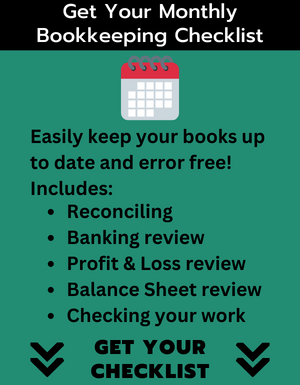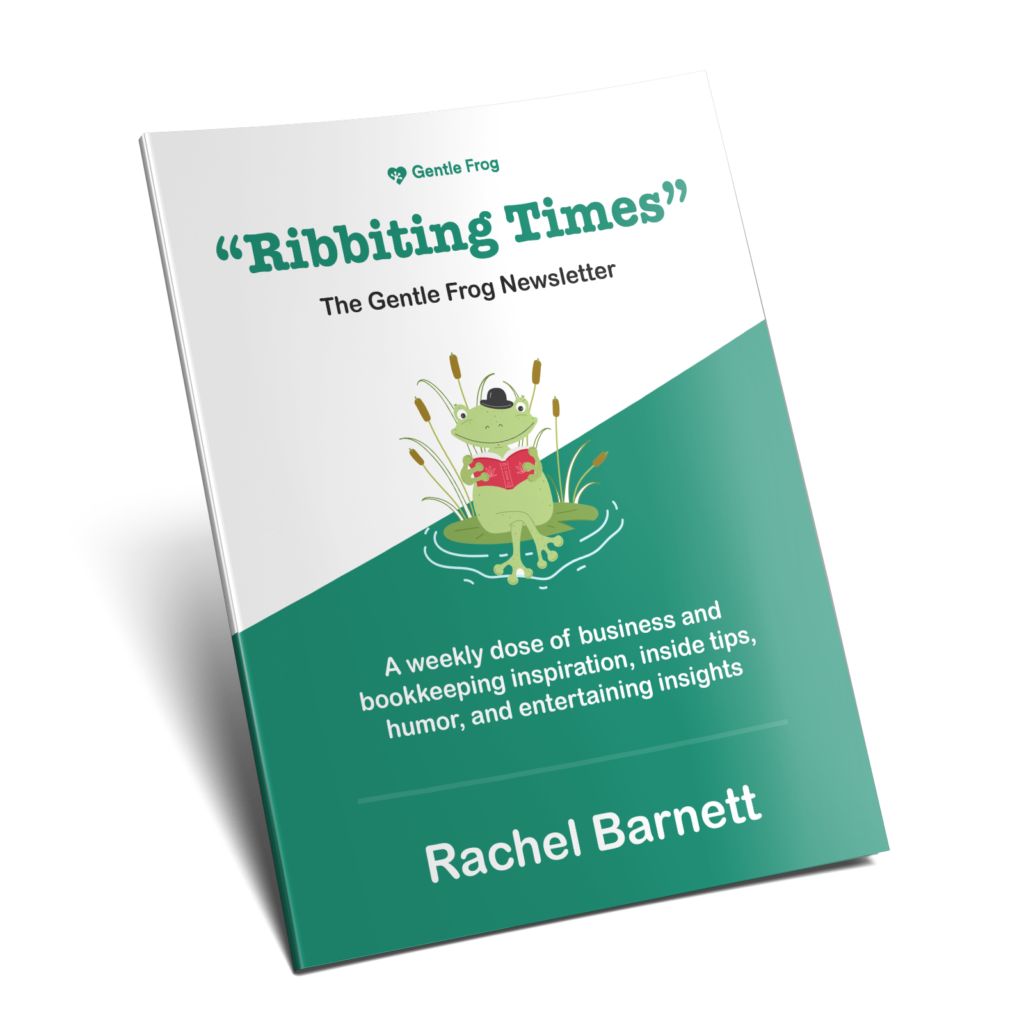Pricing online courses can feel like a guessing game.
Should you charge a one-time fee or offer a subscription? Should courses include coaching, or should they stand alone?
If you’ve ever struggled with course pricing, you’re not alone.
It’s easy to assume that a pricing model that works for one creator will work for you. But the reality is that your audience decides what works—not you.
This post will walk you through how to find the best pricing strategy for your online courses based on real-world experience, including lessons learned the hard way.
Where Most Course Creators Go Wrong
You spend time building a great course. You know it’s valuable, and you put thought into how you want to price it. Maybe you decide on:
- A subscription model, giving students ongoing access for a monthly fee.
- A one-time payment, so they own the course for life.
- A bundled option, with extra coaching or resources included.
On paper, your plan makes perfect sense. But what happens if the sales don’t come in?
That’s exactly what happened when I changed my pricing structure.
What I Thought Would Work (But Didn’t)
I assumed that bundling courses with training calls in a subscription model would be the perfect offer. My thinking was:
- Subscribers would get unlimited access to all my courses.
- They’d also get discounted coaching calls so they could ask specific questions.
- It would make pricing simple—one price, unlimited learning.
It made sense to me. But it didn’t work.
Sales dropped instead of increasing. Training calls filled up quickly, making it harder for people to book sessions. And most importantly, students didn’t want a subscription—they wanted the ability to buy only the courses they needed.
How to Avoid This Mistake When Pricing Online Courses
If you’re struggling to find the right pricing model for your courses, don’t make the same mistake I did—guessing instead of asking.
Here’s what worked (and what you can do, too):
1. Survey Your Audience Before Making Big Changes
Instead of assuming what students wanted, I asked them directly. I created a simple Google form survey and put it out to my audience.
The results? 70% of people preferred a one-time purchase model over a subscription.
If you’re unsure about pricing your online courses, ask your audience:
- Would they prefer a one-time payment or a subscription?
- Would they pay more for coaching or have a lower price point with just course access?
- Would they pay more for lifetime access or prefer a lower price with limited-time access?
Use Google Forms, Typeform, or even a simple social media poll to get real feedback before you commit to a pricing model.
2. Keep It Simple (Because Too Many Options Can Kill Sales)
If your pricing model requires too much thought, potential students will hesitate—or worse, leave without buying.
A complicated pricing page with too many options can overwhelm your audience. When I bundled courses into a subscription, it made things harder to understand instead of easier.
What worked best for my audience?
- A one-time payment for each course (no confusion, just buy what you need).
- A discounted bundle option for people who want everything.
- A clear, simple explanation of what’s included in each option.
If students have to think too hard about which option to pick, they might not pick at all.
3. Give Buyers Control Over Their Purchase
People like to feel in control of their purchases. A subscription model takes that control away because:
- They’re forced to pay monthly, even if they only need a single course.
- If they forget to cancel, they keep getting billed, which can lead to frustration.
- They don’t “own” the course—they lose access if they stop paying.
Instead, students preferred to:
- Buy a course once and keep it forever.
- Choose only the courses they need.
- Bundle everything for a discount, but still pay once.
If you’re pricing online courses, give students control by letting them pick the best option for them.
4. Consider Buyer Psychology: People Like to “Own” Their Content
A one-time payment feels more valuable than a subscription, even if the cost adds up over time.
Think about streaming services—people love Netflix, but they also love owning their favorite movies. Your students feel the same way about educational content.
If they:
- Pay once → They own the course, which feels like a better deal.
- Subscribe → They feel like they’re “renting” the course, which can make them hesitant to commit.
If your courses are evergreen (not constantly updated with new content), consider offering a one-time purchase instead of a subscription.
The Best Pricing Models for Online Courses
If you’re still not sure how to price your online courses, here are three simple models that work well:
1. One-Time Payment (Most Popular Choice)
- Students pay once and own the course forever.
- Works best if your content is self-paced and doesn’t require constant updates.
- Can offer a single course price or a bundle discount.
2. Tiered Pricing (Great for Flexibility)
- Basic course: Low price, no extras.
- Premium course: Includes coaching or additional resources.
- VIP package: Full access + one-on-one training.
3. Limited-Time Access (Good for Accountability)
- Students pay a lower price for 90-day access.
- Helps motivate students to complete the course before access expires.
- Works well if you have seasonal or fast-moving content.
If you’re unsure, start with a simple one-time payment model, then experiment with add-ons like bundles or coaching.
Final Thoughts on Pricing Online Courses
Finding the right course pricing strategy takes trial and error. What works for one course creator may not work for you, and that’s okay.
Key Takeaways:
- Ask your audience before making big pricing changes.
- Keep pricing simple to avoid confusion.
- Give buyers control over their purchases (no forced subscriptions).
- Consider buyer psychology—people like to own what they pay for.
- Test different models until you find what works best for your audience.
If you’ve struggled with pricing online courses, remember that it’s all about adapting and improving based on real feedback. Your first pricing model doesn’t have to be perfect—it just has to be something you can test and refine.
What pricing model works best for you? Let’s chat in Gentle Frog’s Bookkeeping Lily Pad Facebook group!







